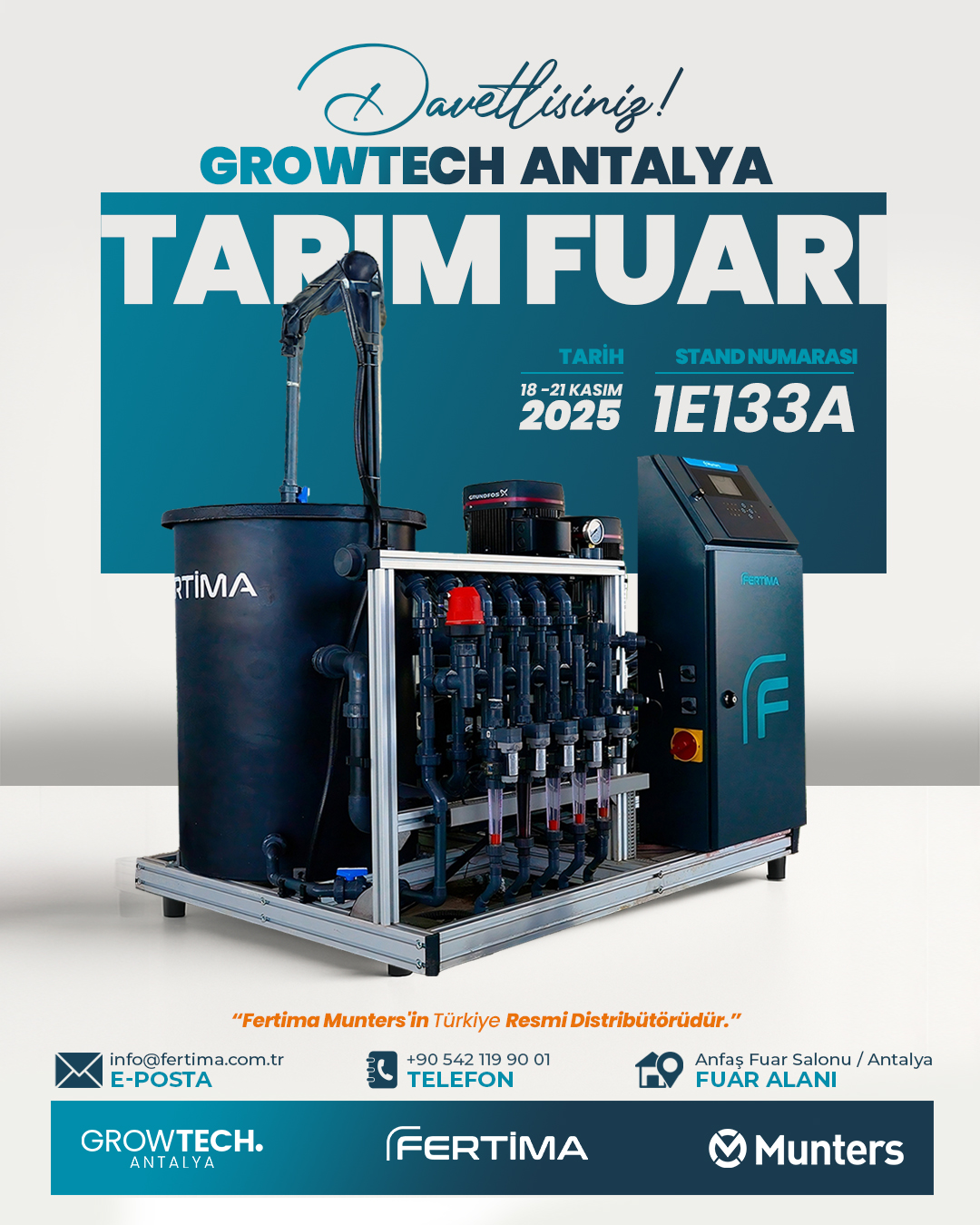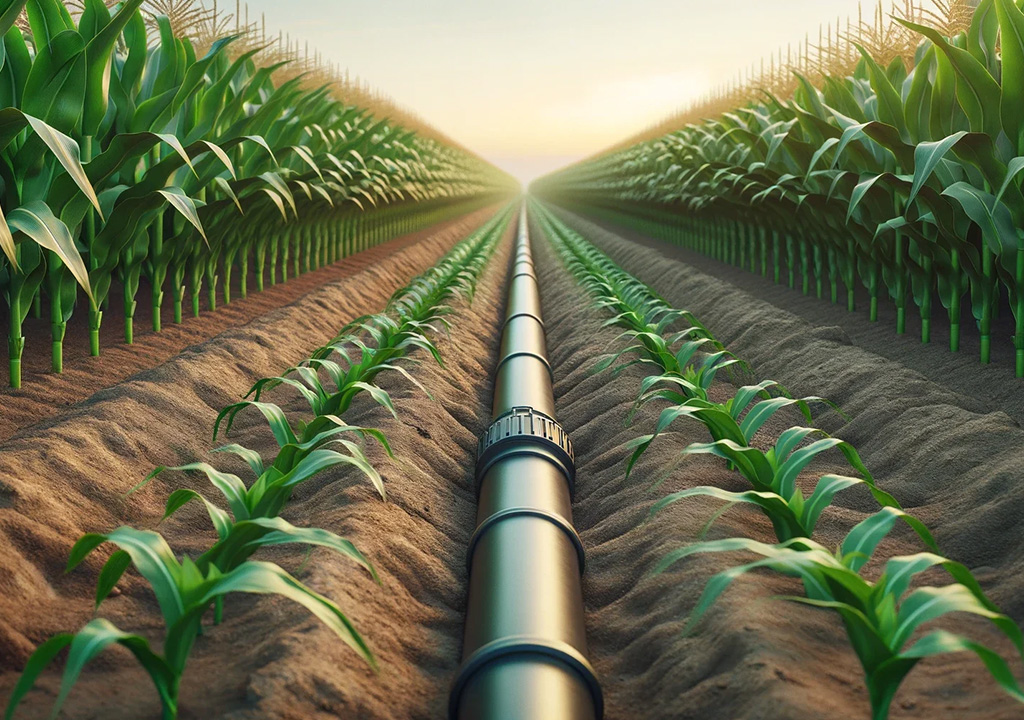Modern agricultural techniques continue to evolve to enable sustainable production through more efficient use of resources. Controlled irrigation and fertilization are among the most important components of these techniques. These methods are two fundamental practices used to increase productivity in agricultural production while minimizing environmental impacts.
What Is Controlled Irrigation?
Controlled irrigation is the practice of supplying crops with the required amount of water at the right time using the appropriate method. Compared with conventional methods, it ensures balanced distribution to plants and minimizes water waste. By delivering water directly to the root zone, it reduces evaporation and seepage losses.
- Drip Irrigation: Water is delivered in droplets directly to the root zone, minimizing losses.
- Sprinkler Irrigation: Water is sprayed over the crop canopy, an effective method especially for large areas.
What Is Controlled Fertilization?
Controlled fertilization is the delivery of nutrients in the correct amounts and at the right time according to crop needs. Traditional practices often over- or under-apply nutrients. Controlled fertilization is calibrated to the crop’s growth stages to maximize nutrient uptake and efficiency.
- Timed Fertilization: Nutrients are applied at set intervals aligned with the crop’s growth stages.
- Micro-Dosing: Fertilizers are applied in small doses, reducing nutrient loss and environmental impact.
Benefits of Controlled Irrigation and Fertilization
- Water and Nutrient Savings: Optimizes water and fertilizer requirements and prevents waste.
- Higher Yields: When crops receive the right water and nutrients, productivity rises.
- Environmental Sustainability: Reduces water and soil pollution and minimizes adverse environmental impacts.
- Cost Reduction: Efficient resource use lowers agricultural costs.
Controlled irrigation and fertilization are vital for boosting the efficiency of modern agriculture while reducing environmental harm. When implemented correctly, they provide economic benefits for farmers and support a more sustainable agricultural future.


